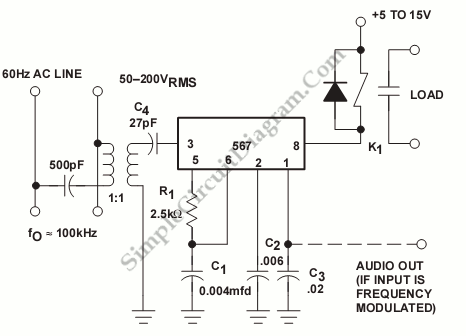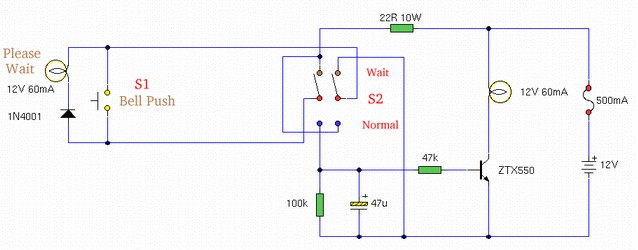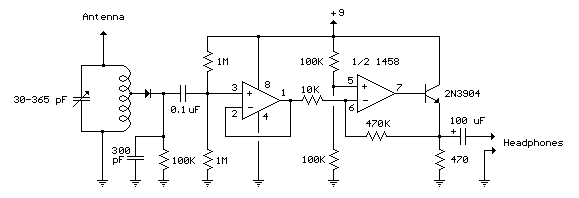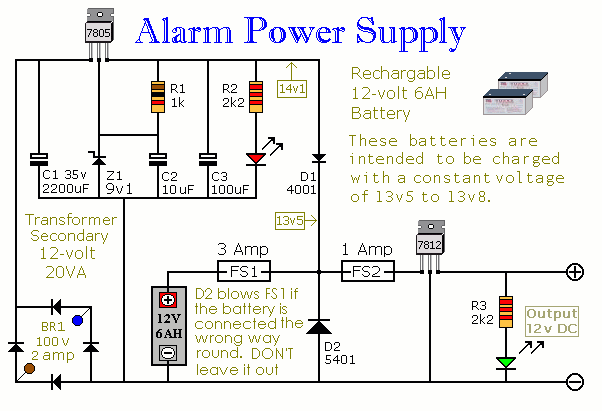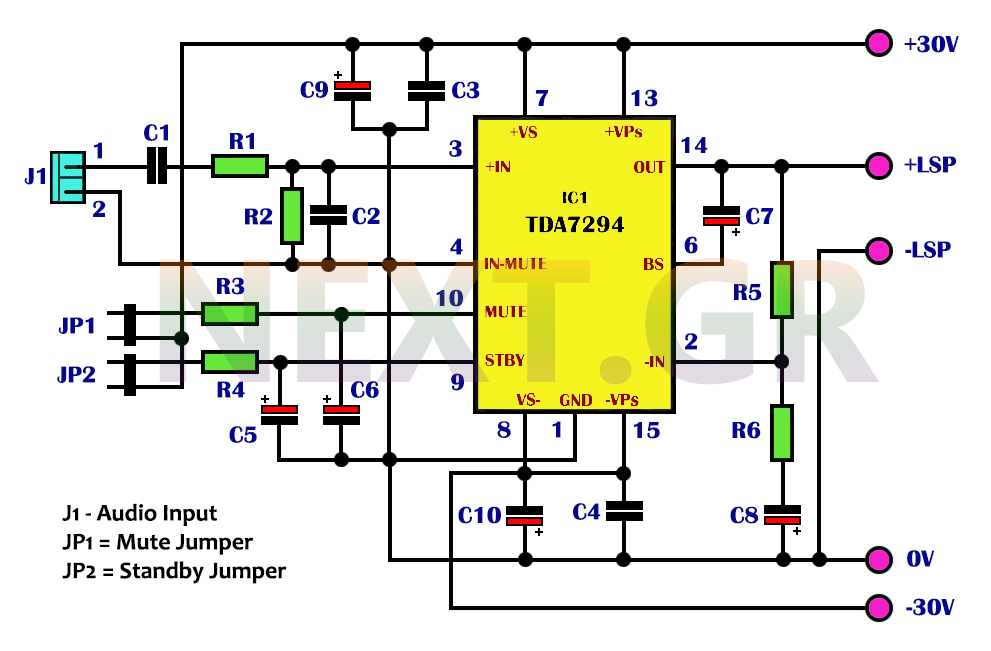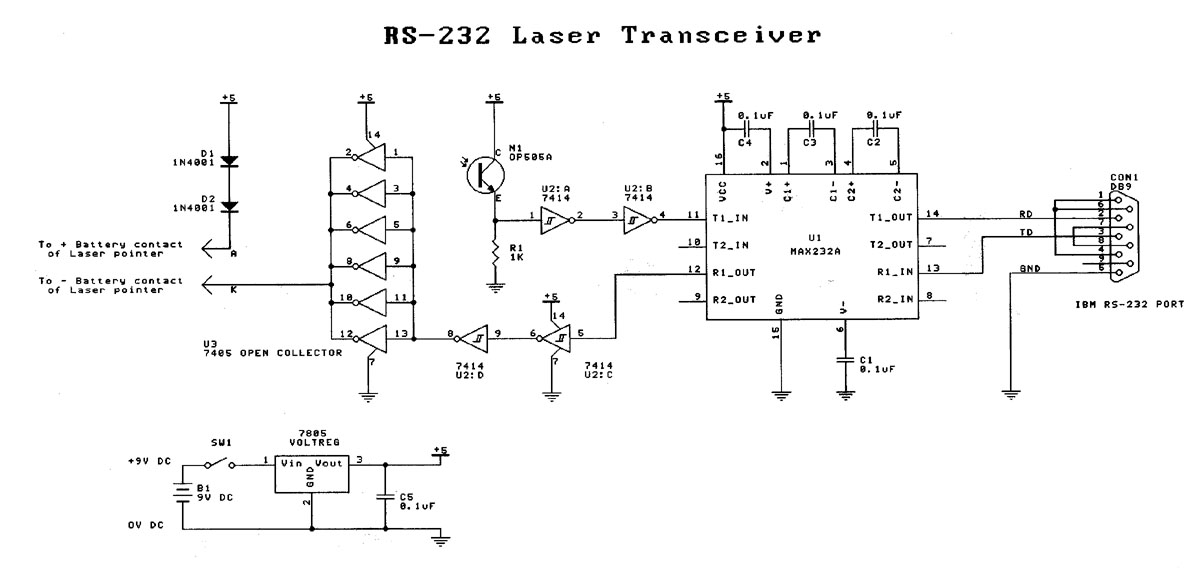
Diode Laser Power Supplies
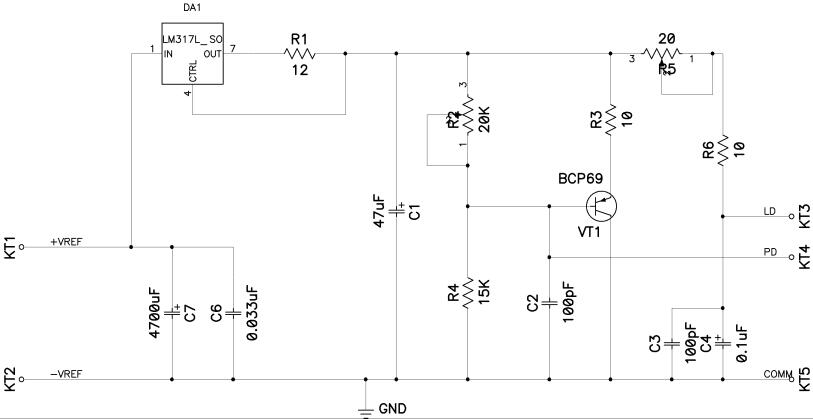
This includes immunity to power line transients as well as those that may occur during power-on and power-off cycling. The parameters of many electronic components like ICs are rarely specified during periods of changing input power. Special laser diode drive chips are available which meet these requirements, but a common op-amp may not be suitable without extreme care in circuit design, if at all. Current regulation, efficiency, and optical power output of a laser diode increase with decreasing temperature. This means that without optical feedback, a laser diode switched on and adjusted at room temperature will have reduced output once it warms up. Conversely, if the current is set up after the laser diode has warmed up, it will likely fail the next time it is switched on at room temperature if there is no optical feedback-based regulation. Note that the damage from improper drive is not only due to thermal effects (though overheating is also possible) but due to exceeding the maximum optical power density at one of the end facets (mirrors), leading to an instantaneous risk. The optical output of a laser diode also declines as it heats up. This is reversible as long as no actual thermal damage has occurred. However, facet damage due to exceeding the optical output specifications is permanent. The result may be a damaged LED or significantly reduced laser emission. One instance involved damaging a visible laser diode by neglecting to monitor the current, which required increasing the current well beyond the point where the brightness of the laser beam stopped increasing. It ultimately resulted in the diode emitting light similar to that of an LED. Another diode was damaged by assuming a driver circuit would operate over a range of input voltages when it was intended for use with a regulated source. Initially, the decline in brightness seemed reversible, but damage was likely occurring as soon as brightness appeared to stabilize. The tendency was to increase the current, leading to a permanent reduction in brightness. If a damaged laser diode is powered with a driver circuit that uses optical feedback, further instantaneous damage can occur as the driver attempts to maintain normal optical output, ultimately frying the device due to excessive current. Regarding the expensive Nichia violet laser diodes, they appear similar to ordinary laser diodes, but they have a higher voltage drop and are reportedly more sensitive to various factors, leading to easier degradation or failure. The wavelength of these diodes (400 to 420 nm) is often not useful for visibility applications. Therefore, it is advisable to avoid them until prices decrease significantly. For those needing a visible diode laser, a commercial laser pointer or diode laser module may be the best choice, as these include the driver circuit and can operate from unregulated low-voltage DC, posing a lower risk of damage.
The design of laser diode circuits requires careful consideration of various factors to ensure reliability and performance. The immunity to power line transients is crucial, particularly during the power-on and power-off cycles, as these events can cause fluctuations that may exceed the tolerances of sensitive components. The use of specialized laser diode drive chips is recommended, as they are engineered to handle such transients effectively. In contrast, general-purpose operational amplifiers may not provide the necessary precision and stability without meticulous circuit design.
Current regulation is essential in laser diode applications. As the temperature of a laser diode decreases, its efficiency and optical power output increase. This characteristic necessitates a feedback mechanism to compensate for temperature variations. Without optical feedback, a laser diode that is initially calibrated at room temperature will exhibit diminished output as it heats during operation. Conversely, setting the current after the diode has warmed up can lead to catastrophic failure when the diode is subsequently powered on at room temperature.
Thermal management is another critical aspect of laser diode operation. Excessive temperature can lead to thermal runaway, where the diode's output power increases uncontrollably, resulting in damage. The maximum optical power density at the diode's facets must not be exceeded, as doing so can cause permanent damage. This facet damage is irreversible, leading to a significant reduction in performance or complete failure of the diode.
When designing circuits for laser diodes, it is prudent to include monitoring mechanisms to prevent overcurrent conditions. This can be achieved through the integration of current sensors and feedback loops that adjust the driving current based on real-time optical output measurements. Such precautions will help maintain the diode's operational integrity and extend its lifespan.
In applications requiring visible laser output, commercially available laser pointers or modules are often preferred. These products come with integrated driver circuits and are designed to operate safely under a range of conditions, reducing the risk of damage associated with standalone laser diodes. The convenience and reliability of these systems make them suitable choices for users who require consistent performance without the complexities of custom circuit design.This includes immunity to power line transients as well as those that may occur during power-on and power-off cycling. The parameters of many electronic components like ICs are rarely specified during periods of changing input power.
Special laser diode drive chips are available which meet these requirements but a common op-amp may not be suitable without extreme care in circuit design - if at all. Current regulation. Efficiency and optical power output of a laser diode goes up with decreasing temperature. This means that without optical feedback, a laser diode switched on and adjusted at room temperature will have reduced output once it warms up. Conversely, if the current is set up after the laser diode has warmed up, it will likely blow out the next time it is switched on at room temperature if there is no optical feedback based regulation.
Note that the damage from improper drive is not only due to thermal effects (though overheating is also possible) but due to exceeding the maximum optical power density (E/M field gradients ) at one of the end facets (mirrors) - and thus the nearly instantaneous nature of the risk. The optical output of a laser diode also declines as it heats up. This is reversible as long as no actual thermal damage has taken place. However, facet damage due to exceeding the optical output specifications is permanent. The result may be an expensive LED or (possibly greatly) reduced laser emission. I accidentally blew one visible laser diode by neglecting to monitor the current but it wasn`t the sudden effect some people describe - the current really had to be cranked up well beyond the point where the brightness of the laser beam stopped increasing.
It did indeed turn into a poor excuse for an LED. One data point and you can conclude the world. :-) Another one was blown by assuming that a particular driver circuit would work over a range of input voltages when in fact it was supposed to be powered from a regulated source. At first the degradation in brightness appeared to be reversible. However, what was probably happening was that damage to the laser diode was occurring as soon as the brightness appeared to level off.
The natural tendency was then to back off and approach this same point again. Not quite as bright Crank up the current. Finally, once it is much too late, the realization sets in that it will *never* be quite as bright as it was originally - ever again. This one still lases but at about 1/10th of its former brightness. If you then try to power this damaged laser diode with a driver circuit using optical feedback, further instantaneous damage will occur as the driver attempts to maintain the normal optical output - which is now impossible to achieve and only succeeds in totally frying the device as it increases the current in a futile attempt to compensate.
And a comment about the expensive Nichia violet laser diodes (see the section: Availability of Green, Blue, and Violet Laser Diodes ). Physically, they look like ordinary laser diodes and except for a higher voltage drop, the driving characteristics are basically similar.
However, I`ve heard that they are even more sensitive to EVERYTHING than their visible and IR cousins and will degrade or die more easily. Since the wavelength of these diodes (in the 400 to 420 nm range) is basically useless for applications requiring visibility, aside from the "being the first kid on your block" factor, I`d stay away from them until the price comes down dramatically!
I suspect that the newest 430 to 445 nm Nichia diodes are equally tempermental. Where what you really want is a working visible diode laser, a commercial laser pointer or diode laser module may be the best option. Both of these include the driver circuit and will run off of unregulated low voltage DC. While the cost may be somewhat higher than that of a bare laser diode, the much reduced risk of bl 🔗 External reference
The design of laser diode circuits requires careful consideration of various factors to ensure reliability and performance. The immunity to power line transients is crucial, particularly during the power-on and power-off cycles, as these events can cause fluctuations that may exceed the tolerances of sensitive components. The use of specialized laser diode drive chips is recommended, as they are engineered to handle such transients effectively. In contrast, general-purpose operational amplifiers may not provide the necessary precision and stability without meticulous circuit design.
Current regulation is essential in laser diode applications. As the temperature of a laser diode decreases, its efficiency and optical power output increase. This characteristic necessitates a feedback mechanism to compensate for temperature variations. Without optical feedback, a laser diode that is initially calibrated at room temperature will exhibit diminished output as it heats during operation. Conversely, setting the current after the diode has warmed up can lead to catastrophic failure when the diode is subsequently powered on at room temperature.
Thermal management is another critical aspect of laser diode operation. Excessive temperature can lead to thermal runaway, where the diode's output power increases uncontrollably, resulting in damage. The maximum optical power density at the diode's facets must not be exceeded, as doing so can cause permanent damage. This facet damage is irreversible, leading to a significant reduction in performance or complete failure of the diode.
When designing circuits for laser diodes, it is prudent to include monitoring mechanisms to prevent overcurrent conditions. This can be achieved through the integration of current sensors and feedback loops that adjust the driving current based on real-time optical output measurements. Such precautions will help maintain the diode's operational integrity and extend its lifespan.
In applications requiring visible laser output, commercially available laser pointers or modules are often preferred. These products come with integrated driver circuits and are designed to operate safely under a range of conditions, reducing the risk of damage associated with standalone laser diodes. The convenience and reliability of these systems make them suitable choices for users who require consistent performance without the complexities of custom circuit design.This includes immunity to power line transients as well as those that may occur during power-on and power-off cycling. The parameters of many electronic components like ICs are rarely specified during periods of changing input power.
Special laser diode drive chips are available which meet these requirements but a common op-amp may not be suitable without extreme care in circuit design - if at all. Current regulation. Efficiency and optical power output of a laser diode goes up with decreasing temperature. This means that without optical feedback, a laser diode switched on and adjusted at room temperature will have reduced output once it warms up. Conversely, if the current is set up after the laser diode has warmed up, it will likely blow out the next time it is switched on at room temperature if there is no optical feedback based regulation.
Note that the damage from improper drive is not only due to thermal effects (though overheating is also possible) but due to exceeding the maximum optical power density (E/M field gradients ) at one of the end facets (mirrors) - and thus the nearly instantaneous nature of the risk. The optical output of a laser diode also declines as it heats up. This is reversible as long as no actual thermal damage has taken place. However, facet damage due to exceeding the optical output specifications is permanent. The result may be an expensive LED or (possibly greatly) reduced laser emission. I accidentally blew one visible laser diode by neglecting to monitor the current but it wasn`t the sudden effect some people describe - the current really had to be cranked up well beyond the point where the brightness of the laser beam stopped increasing.
It did indeed turn into a poor excuse for an LED. One data point and you can conclude the world. :-) Another one was blown by assuming that a particular driver circuit would work over a range of input voltages when in fact it was supposed to be powered from a regulated source. At first the degradation in brightness appeared to be reversible. However, what was probably happening was that damage to the laser diode was occurring as soon as the brightness appeared to level off.
The natural tendency was then to back off and approach this same point again. Not quite as bright Crank up the current. Finally, once it is much too late, the realization sets in that it will *never* be quite as bright as it was originally - ever again. This one still lases but at about 1/10th of its former brightness. If you then try to power this damaged laser diode with a driver circuit using optical feedback, further instantaneous damage will occur as the driver attempts to maintain the normal optical output - which is now impossible to achieve and only succeeds in totally frying the device as it increases the current in a futile attempt to compensate.
And a comment about the expensive Nichia violet laser diodes (see the section: Availability of Green, Blue, and Violet Laser Diodes ). Physically, they look like ordinary laser diodes and except for a higher voltage drop, the driving characteristics are basically similar.
However, I`ve heard that they are even more sensitive to EVERYTHING than their visible and IR cousins and will degrade or die more easily. Since the wavelength of these diodes (in the 400 to 420 nm range) is basically useless for applications requiring visibility, aside from the "being the first kid on your block" factor, I`d stay away from them until the price comes down dramatically!
I suspect that the newest 430 to 445 nm Nichia diodes are equally tempermental. Where what you really want is a working visible diode laser, a commercial laser pointer or diode laser module may be the best option. Both of these include the driver circuit and will run off of unregulated low voltage DC. While the cost may be somewhat higher than that of a bare laser diode, the much reduced risk of bl 🔗 External reference
